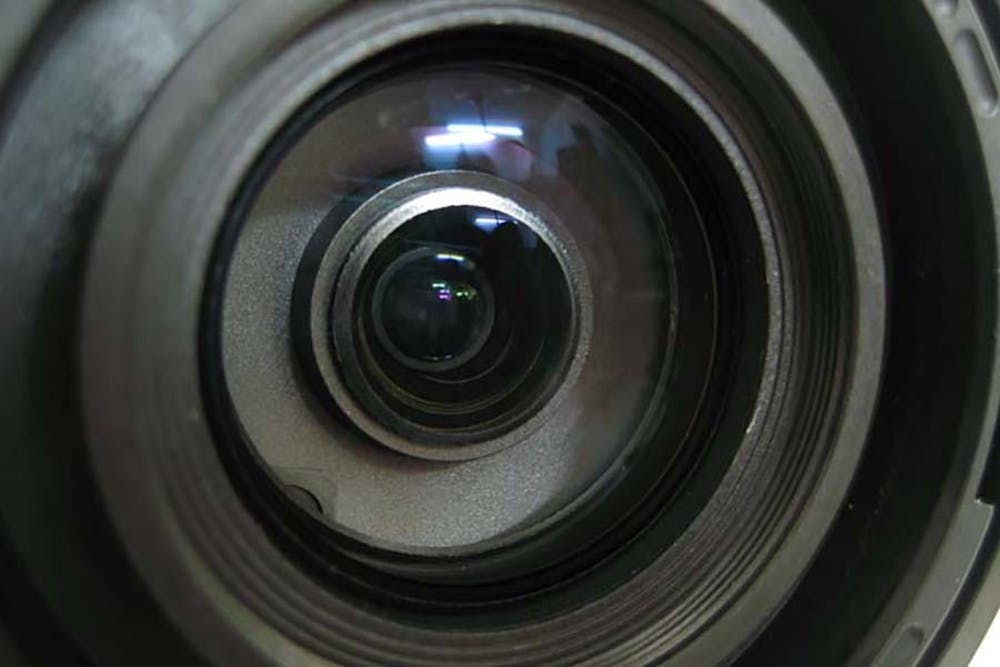By Jack Ryan, Staff Writer
"Ida," the recent Oscar laureate for Best Foreign Film, may be one of the most unique films I've ever seen.
The peckish nature of its titular character, its uncommonly short runtime (only 82 minutes), and its black and white cinematography give an illusion of simplicity, of palpable theme, but this is not necessarily an "easy" film. "Ida" is simultaneously liberal and conservative, freeing us to explore its depth and rich nature through its reliance on convention, creating a cinematic experience unlike any other in recent memory.
Set in Poland in the early '60s, "Ida" follows orphaned nun Anna (Agata Trzebuchowska), a novice on the brink of taking her vows. A few weeks before the ceremony, her Mother Superior tells her that she must visit her last living relative. Anna agrees, and treks away from the convent for the first time in her sentient life. Upon arriving in the town of Lodz, Anna meets Wanda (Agata Kulesza), her haunted, yet compassionate aunt, who reveals several new things to Anna.
Her name isn't Anna, but Ida Lebenstein; she was born Jewish, not Catholic; and she was orphaned as a result of late World War II genocide, where her entire family was murdered by Christians in their hometown. Ida stays utterly calm and ambiguous throughout these revelations, wishing to find her family's remains and relocate them to the family grave plot. Wanda, a former Communist resistance fighter and state prosecutor, has demons of her own in Ida's destination and agrees to assist her.
Together they set out to the town of Ida's birth and Wanda's youth and from here, "Ida" becomes a road movie. Traditionally, this means a few people are tossed in a car and we watch what they do or evoke from one another, but that doesn't happen in a straightforward matter here. Ida seems equal parts numb and disciplined, resulting in a lack of anything to say. Wanda, tormented by her past and slowly unwinding mentally, doesn't have anything she wants to say either.
We learn more about their characters through their mere presence than through their conversation, with juxtaposition reinforcing their opposing natures. Like most trip movies, the transit itself is very important, with stops for drunk crashes and religious monuments showcasing Wanda's fervent alcoholism and Ida's similar devotedness to God. These characters are portrayed wonderfully by the two lead actresses, who speak volumes through their respective silence. All I will say of the final act of "Ida" is that it is equal parts peculiar and spellbinding, driving home major statements about faith and identity.
"Ida" is reserved cinema at its finest. The rigidly still camera, black and white photography, and dialogue-scarce script force us into thinking about characters' insights, rather than having them handed to us. Frequent shots force Ida's head into the corner of the frame resembling newspaper cartoons, giving us the space to insert a cloudy thought bubble of our own. The beautiful lack of color allows for blatant separation between Ida's light peacoat and Wanda's dark wardrobe, but at points the film seem nearly grayscale, interlocking color and lighting in ways that parallel Ida's and Wanda's struggle with character. "Ida" does more with silence than most do with words or color; if you ever want a crash course on visual storytelling, watch this movie.
As is the case with many foreign films, subtitles and the sound of unknown language, in this case Polish, tend to be off-putting, but do not let that push you away from "Ida." Simply put, this movie is better than most English ones, using confident style instead of monotonous substance to tell its story. If you have just an hour and a half available, grab a seat and watch the austere beauty and power of "Ida" unfold on your screen. You'll be glad you did.
"Ida" is available for streaming via Netflix, and is definitely worth a watch (or two).

